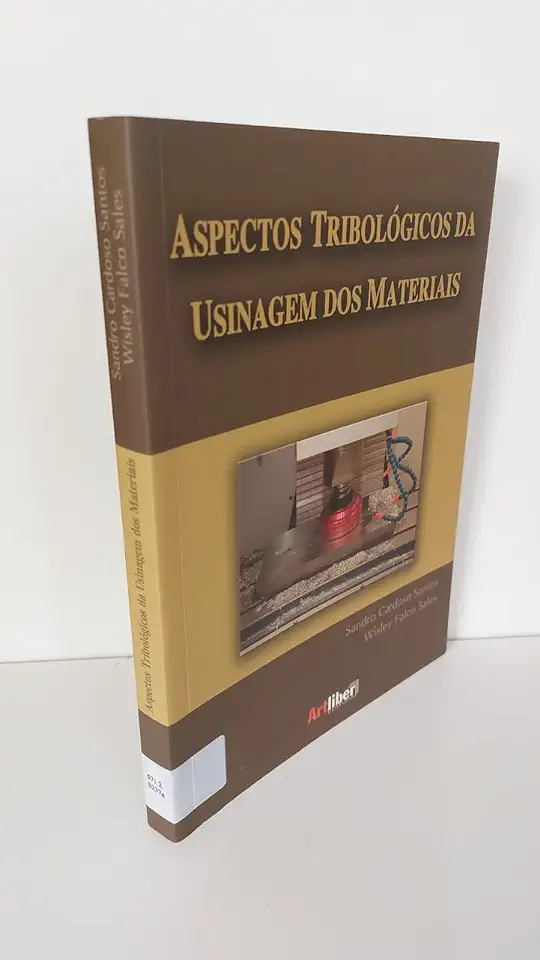
Tribological Aspects of Machining Materials - Sandro Cardoso Santos
Tribological Aspects of Machining Materials: A Comprehensive Guide
Introduction
In the realm of manufacturing, machining processes play a pivotal role in shaping and transforming raw materials into intricate components. However, these processes often involve complex interactions between the cutting tool and the workpiece, leading to frictional forces and wear. Understanding and controlling these tribological aspects are crucial for achieving efficient and high-quality machining operations.
Tribology in Machining: A Deeper Dive
Tribology, the science of friction, wear, and lubrication, holds immense significance in machining. It encompasses the study of the interactions between contacting surfaces in relative motion, aiming to minimize friction and wear while optimizing lubrication strategies. In machining, tribological phenomena occur at the tool-chip interface, tool-workpiece interface, and chip-workpiece interface.
Key Tribological Aspects in Machining
Friction and Wear Mechanisms
Friction, the resistance encountered when two surfaces slide against each other, is a primary concern in machining. It generates heat, consumes energy, and accelerates tool wear. Understanding the mechanisms behind friction, such as adhesion, plowing, and cutting, is essential for selecting appropriate cutting conditions and tool materials.
Wear, the gradual loss of material from a surface due to friction, is another critical factor in machining. Various wear mechanisms, including abrasive wear, adhesive wear, and fatigue wear, can significantly impact tool life and machining accuracy.
Lubrication Strategies
Lubrication plays a vital role in reducing friction and wear in machining operations. It involves introducing a lubricant between the contacting surfaces to create a protective film that separates them. Different lubrication methods, such as flood lubrication, mist lubrication, and minimum quantity lubrication (MQL), are employed depending on the machining process and material characteristics.
Tool Wear and Tool Life
Tool wear is an inevitable consequence of machining operations. It affects the surface quality of the machined workpiece, increases cutting forces, and eventually leads to tool failure. Understanding tool wear mechanisms and predicting tool life are crucial for optimizing machining processes and minimizing production downtime.
Tribological Optimization for Enhanced Machining Performance
The book delves into advanced tribological optimization techniques to enhance machining performance. These techniques include:
Surface Engineering
Surface engineering involves modifying the surface properties of cutting tools and workpieces to improve tribological performance. Techniques such as coating, nitriding, and texturing can significantly reduce friction and wear, leading to longer tool life and improved machining efficiency.
Cutting Fluid Optimization
Selecting the appropriate cutting fluid and optimizing its application can drastically improve machining performance. The book provides insights into cutting fluid selection criteria, lubrication mechanisms, and strategies for minimizing environmental impact.
Process Monitoring and Control
Real-time monitoring of tribological parameters, such as cutting forces, temperature, and vibration, enables early detection of tool wear and process anomalies. This allows for timely adjustments and interventions to maintain optimal machining conditions.
Real-World Applications and Case Studies
The book presents numerous real-world applications and case studies that demonstrate the practical implications of tribological principles in machining. These examples cover a wide range of industries, including automotive, aerospace, and medical device manufacturing.
Conclusion
"Tribological Aspects of Machining Materials" offers a comprehensive exploration of the tribological phenomena encountered in machining processes. By understanding and controlling these aspects, manufacturers can achieve significant improvements in machining efficiency, tool life, and product quality. This book serves as an invaluable resource for researchers, engineers, and practitioners involved in the field of machining and tribology.